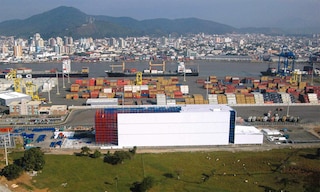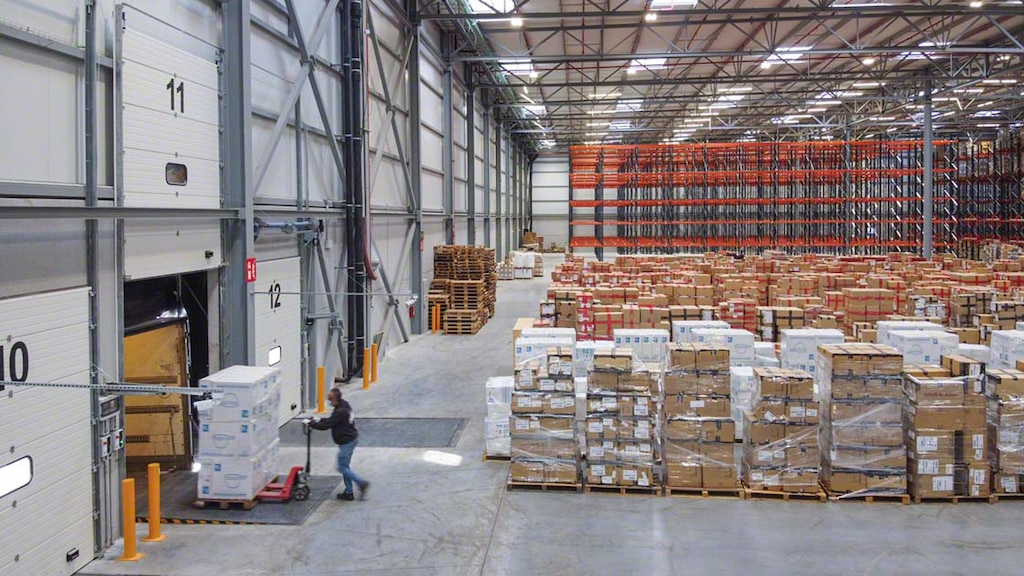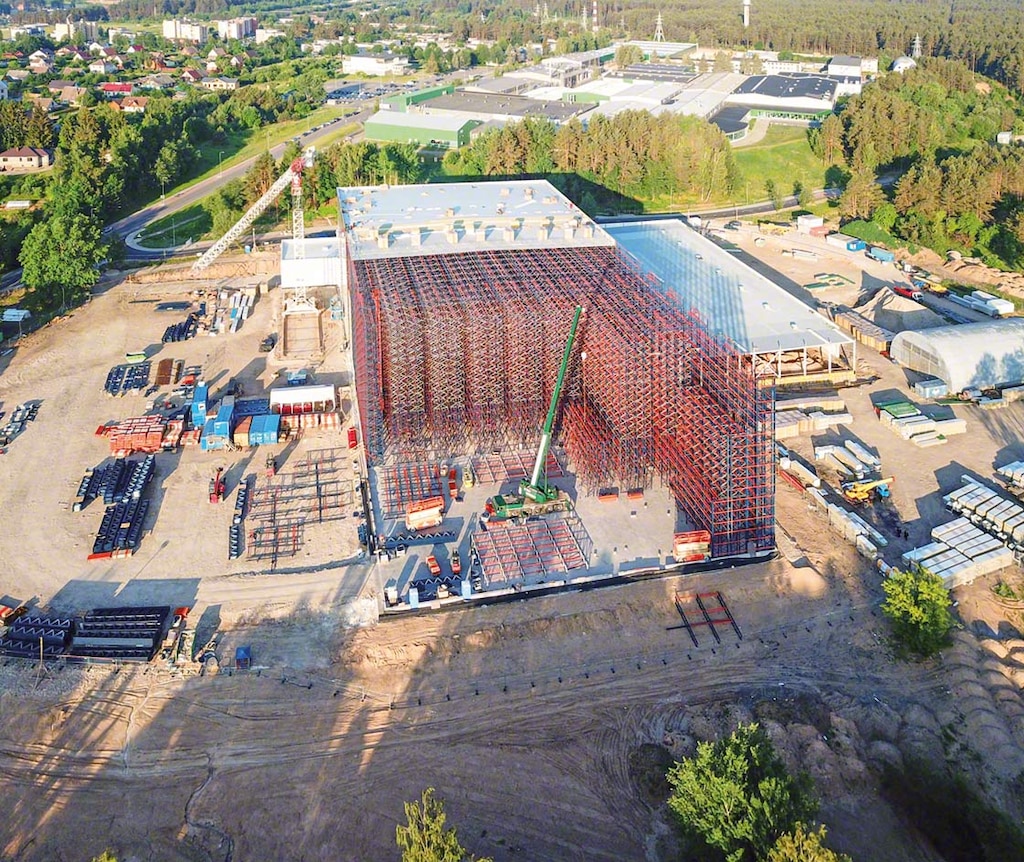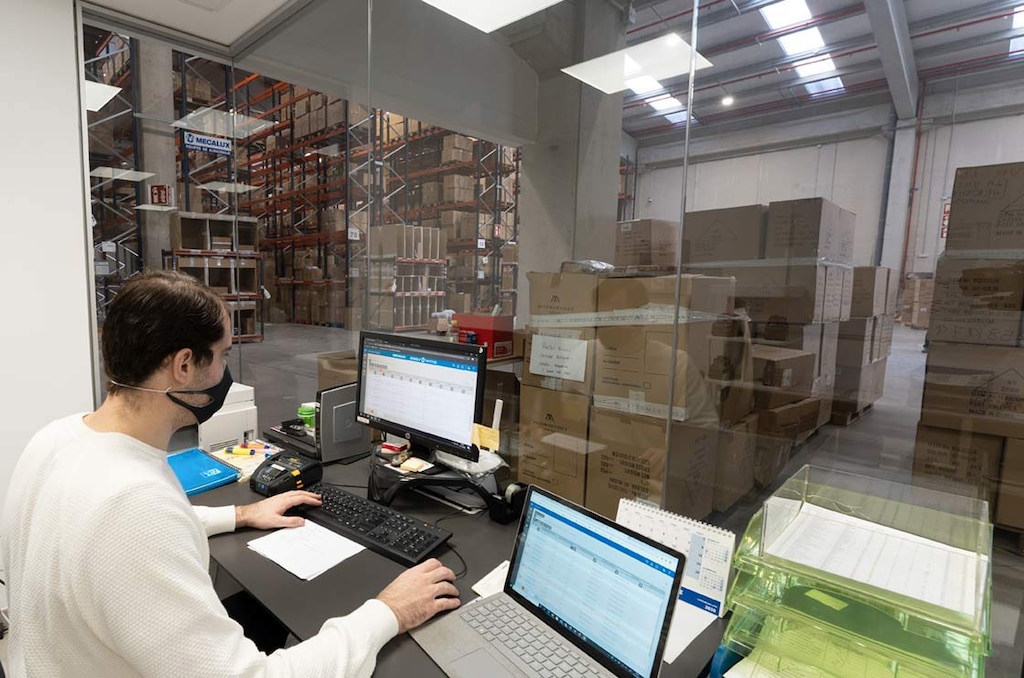
Logistics hub: Dispatch and Shipping 4.0
Logistics hubs have taken centre stage due to the enormous challenges posed by e-commerce logistics: returns management and super-fast order deliveries. This has compelled companies to set up camp closer to big cities and to the main communication hubs to ensure efficient last-mile delivery.
In this post, we analyze logistics hubs, the aspects to take into account when designing one, and their role in logistics nowadays.
What is a logistics hub?
A logistics hub is an area allocated to logistics activities relating to the transportation, sorting, dispatch, and distribution of goods for national and international transit.
In other words, logistics hubs are logistics areas in prized locations, preferably close to metropolitan areas or major communication hubs, such as ports or airports. This facilitates the organization of work and optimizes the product supply chain.
Made up of multiple facilities, office buildings, and distribution centres, these spaces usually encompass a wide variety of businesses, which make the most of the privileged geographical location to optimize their logistics systems. There are also logistics hubs run by a single organization, normally logistics providers or companies with a high demand for products.
Logistics hubs rarely incorporate production centres. Their main function is to streamline the dispatch and shipment of the product to the end customer.
Advantages of logistics hubs
A logistics hub is a solution for increasing the level of service and commitment to logistics. These are the main benefits businesses can obtain by establishing themselves in these logistics spaces:
- Efficiency in product dispatches and shipments: a logistics hub ensures agility in goods dispatch and shipping with multimodal transport.
- Reduced operating costs: the logistics hub should be synchronized with the production and distribution centres to avoid cost overruns in key stages such as order fulfillment and consolidation.
- Adaptation to e-commerce logistics: a logistics centre close to a major city cuts delivery times and makes it possible to improve management of last-mile delivery.

The implementation of a logistics hub makes it possible to have a facility specializing in the management of dispatches and shipments to end customers. Coordinated with the main warehouse, the hub can have spaces dedicated to value-added services (VAS), the preparation of orders for cross-docking, and/or returns management.
Logistics hub location
A logistics hub is a group of warehouses and logistics and administrative facilities tasked with streamlining goods dispatches and shipments. These spaces are set up in prime locations: not far from big cities, close to the country’s major ports and airports, and in the major land transportation hubs.
These centres must be located in an easily accessed area with the aim of streamlining goods receipt from the distribution centre or from other suppliers. The lack or precariousness of the necessary access points could lead to order delays and mistakes in coordination, making the companies in the platform less competitive.
When choosing the site for this type of logistics zone, it’s crucial to correctly determine its distribution. As noted above, these hubs are not only home to warehouses, but also to offices, service areas, and customs zones (in ports and airports). Therefore, it’s critical to design the logistics centre logically to ensure that these spaces are coordinated, thereby streamlining operations.
What to consider when designing a logistics hub
The structure of the logistics hub consists of multiple warehouses belonging to one or various companies and charged with managing order delivery logistics. Thus, the logistics hub must be properly organized in order to take advantage of its excellent location. To design the layout of the logistics centre, it’s necessary to carry out a prior analysis to determine the most suitable location for each building’s access points and for the warehouse docks. It’s especially important to establish the way in which vehicles, handling equipment, and people will circulate within the logistics area.
The hub design shouldn’t only take into consideration current product demand. Whether for one or more logistics providers or companies, it’s vital to have an investment and development plan that makes it possible to scale the storage and dispatch preparation systems that make up each building and the hub itself.

In this vein, and to shorten delivery times, businesses automate their processes: they incorporate conveyors for pallets and boxes and storage systems with stacker cranes. These speed up the storage and retrieval of goods and guarantee that the unit loads won’t become damaged in warehouse operations. Logistics hubs usually feature the latest technology in their operations, for example: from pallet checkpoints in the goods receipt and storage area to automatic truck loading and unloading systems and sorters for streamlining goods dispatches and shipments.
This was the case of the new Intersurgical logistics hub in Lithuania. The new logistics centre, topped off by a 30 metres tall clad-rack warehouse, receives more than 500 pallets a day from other company plants in the UK, Italy, and China. “We’re happy to say that, in a matter of very little time, we now have better control over all our logistics processes. This will be essential in the future as our business grows and we seek to maintain this centre as our main global distribution hub,” notes Martynas Tamosiunas, Group Supply Chain Manager at Intersurgical.
The layout isn’t the only design process in the commissioning of a logistics hub. In a logistics complex such as Intersurgical’s in Lithuania — where the priority is to reduce costs and order delivery times — the warehouse management system (WMS) acts as the brain of the hub. That is, it syncs operations between the distribution centre and the logistics hub.
Software is the tool that ensures real-time control of the stock located among the firm’s various warehouses. The logistics manager — and the customer in the case of a logistics provider — will have comprehensive visibility of the stock and of the status of each order.
Likewise, the WMS is responsible for synchronizing with the software of the different carriers to expedite delivery to end customers. The Multi Carrier Shipping Software module enables the logistics hub to automate dispatch according to criteria such as carrier route, end customer, and even transportation agency.

Logistics hub: shipping from a prime spot
Logistics hubs are deemed the ideal solution for minimizing order delivery times. Their privileged geographic location close to the main communication hubs streamlines goods transportation, ensuring efficiency in last-mile delivery.
But that’s not the only factor for which these logistics hubs stand out. They’re also equipped with cutting-edge technology to increase their process throughput. New consumer trends such as omnichannel retail, demand both proximity to metropolitan areas and process automation to avoid the risk of wrong orders.
For over 50 years, Mecalux has been providing its customers with solutions that help them to be more competitive in order dispatch and shipment processes. Get in touch. One of our experts will show you how to automate and digitize your processes to ramp up the throughput of your logistics hub.
